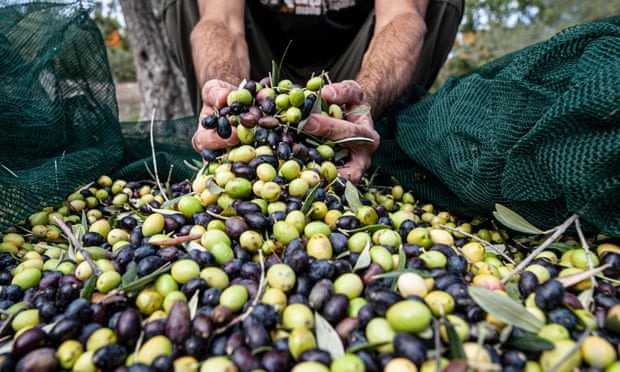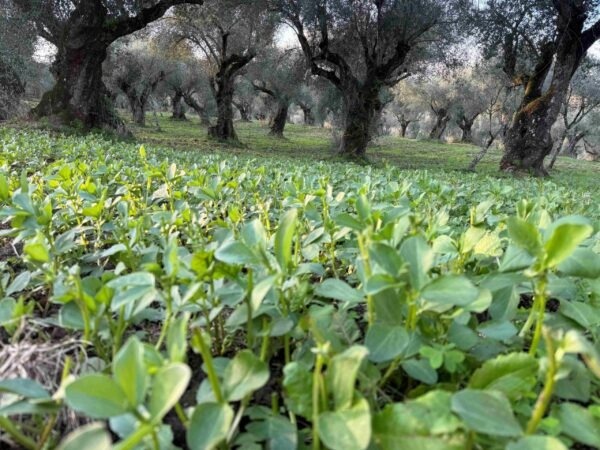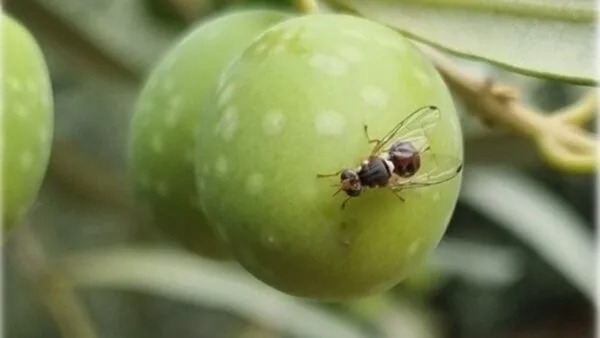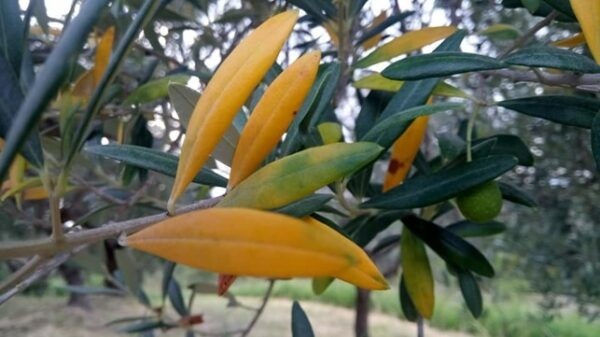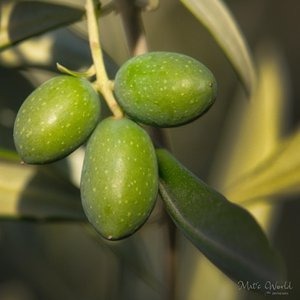
Olive Tree Cultivar
Jan. 11, 2025
Don't know the variety of your olive tree? Now you can find out from the stone!
Thanks to an app with over 150 thousand photos of the 133 main varieties in the world
The development of an app capable of identifying olive varieties from stone photos thanks to the largest photographic database of olive fruit endocarps. The development of this tool – generated by the European oil improvement project GEN4OLIVE – was possible thanks to the cataloging and documentation work of five germplasm banks from different countries and advances in artificial intelligence systems , as reported by the University of Córdoba (UCO) .
The initiative saw the participation of olive gene banks from Spain, Italy, Greece , Morocco and Turkey, who committed to collecting more than 150,000 photos of 133 varieties of olive trees from the Mediterranean basin.
The Department of Computer Science at Sapienza University of Rome was tasked with collecting the information and creating the algorithm for this tool, which proposes a new approach to identifying varieties and automating the traditional process of morphological classification.
Effectiveness equal to 90%

Hristofor Miho and Concepción Muñoz Díez
This was explained by researchers Hristofor Miho and Concepción Muñoz Díez , who highlighted the precision demonstrated by the model, with an effectiveness of approximately 90% . “It is – they stated to Mercacei – a system based on automatic learning, made of trials and errors, in which we train the machine to acquire ever greater precision by learning from its own mistakes”.
The researchers pointed out that the more images are part of the database, the more effective the system will be. All the participants in the project have agreed on very strict protocols to unify their working methodologies and generate images that allow the optimization of the algorithm.
The result is an Artificial Intelligence that has proven capable of detecting morphological details that even the human eye cannot see . After processing the data, the app provides a list of possible varieties that present different degrees of compatibility with the photographed sample.
It will be made public and free
This machine learning system will be the basis of an application that will allow farmers or nurserymen to easily and quickly identify the olive variety they are working with . The researchers assured that by making it available to the entire sector as a public and free tool, this app will also contribute “to advancing the general knowledge of all existing olive varieties” .
